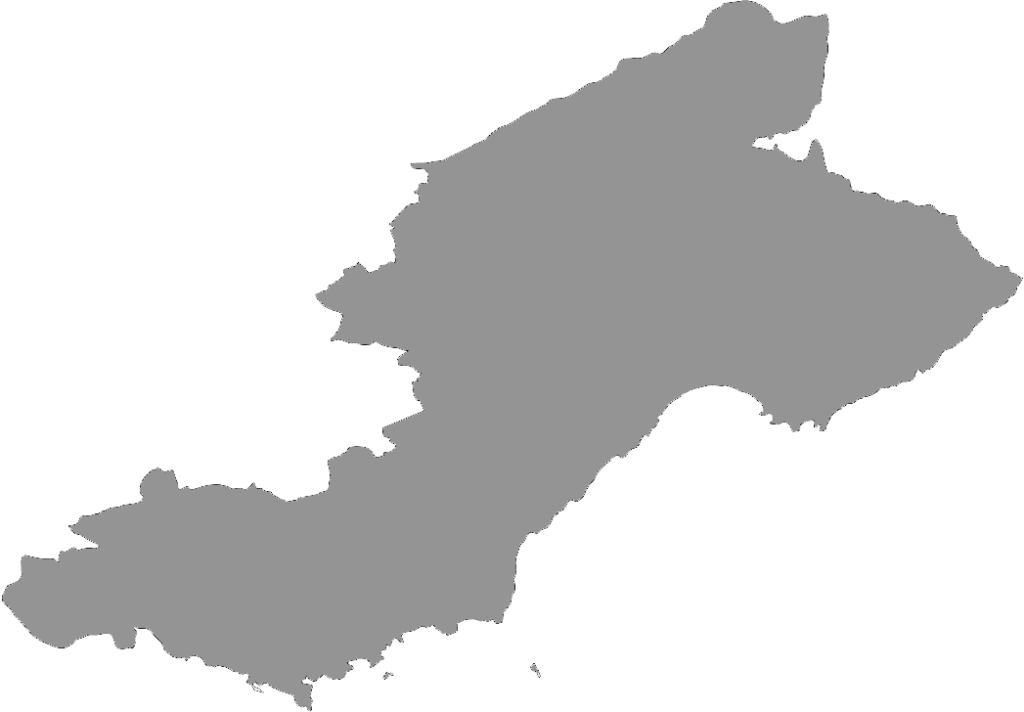Pentax K3 iii – April 2021 to date
When the new Pentax K3 iii came along I couldn’t resist, despite it no longer having built-in GPS. Some of the main changes compared to the K3 ii are a much, much better view finder, a better and slightly larger sensor and improved AF. When it arrived I was delighted with how it feels in the hand – it’s slightly smaller and more rounded.
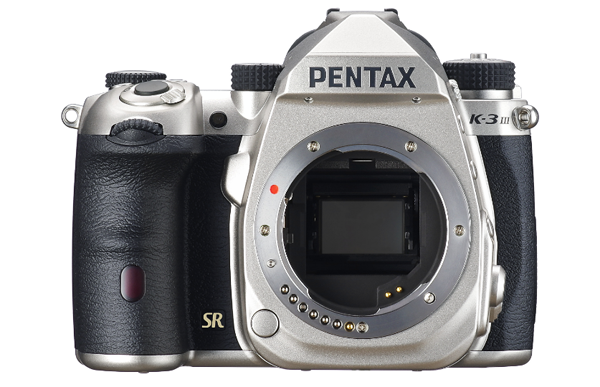
It connects to the PC at up to USB 3.2 using a USB-C cable, it uses the same batteries as the K7, K5 & earlier K3, and the Pentax Image Sync app can be used both as a remote control, and to feed it GPS information (though not direction).
It also has almost countless bells & whistles! I am gradually trying out the new features, but to start with I set it to Av (Aperture priority) mode, set the front & rear e dials and took some photos, including a high ISO comparison set with both the iii and the ii.
I will continue to RTFM and experiment with the new features, though given I’ve used my various D-SLR cameras more or less as if they are an ME Super and been very pleased with many of the results, I suspect I won’t use most of them!
I have also finally caved in an got an Adobe Photographer’s subscription which gets me up-to-date Lightroom, Lightroom Classic and Photoshop.
Now we are allowed to travel throughout Scotland as lockdown is lifted) I will be taking it places.
Pentax K3 ii – November 2019 to April 2021
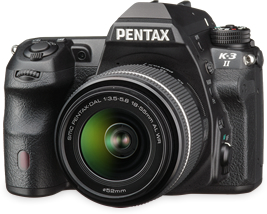
I had a hankering for a camera that would record GPS co-ordinates. There was a GPS module available for the K5, but I found a good second-hand K3 ii. This produces larger images than the K5 – 24MP vs 17MP – but as you can see, it looks almost the same as the K5 and the K7. This camera also has two memory card slots, so I got two 16GB SD cards both of which are in the camera. I’ve got no-where near filling even the first one, but it strikes me as far better than trying to change cards in the field.
Pentax DA* 60-250mm – December 2014 to date
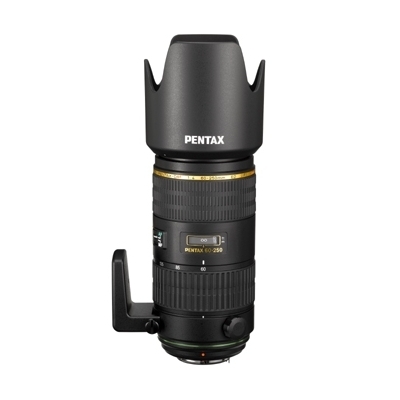
Some photos left me disappointed with the 50-300mm lens, in particular some I took at the head of Loch Fyne in August 2014, which showed just how much chromatic aberration that lens had.
So, in December 2014 I finally decided to yield and buy myself a DA* 60-250mm F4 ED [IF] SDM. This beast of a lens produces far better quality images than the 55-300mm plus it is faster at the long end. It’s better to hand hold than I expected – the ‘foot’ for a tripod is a handy thing to hold the camera & lens by – and the weight helps remove camera shake! I got a second tripod release plate for it which lives on the foot.
Pentax DA 16-85mm – January 2016 to date
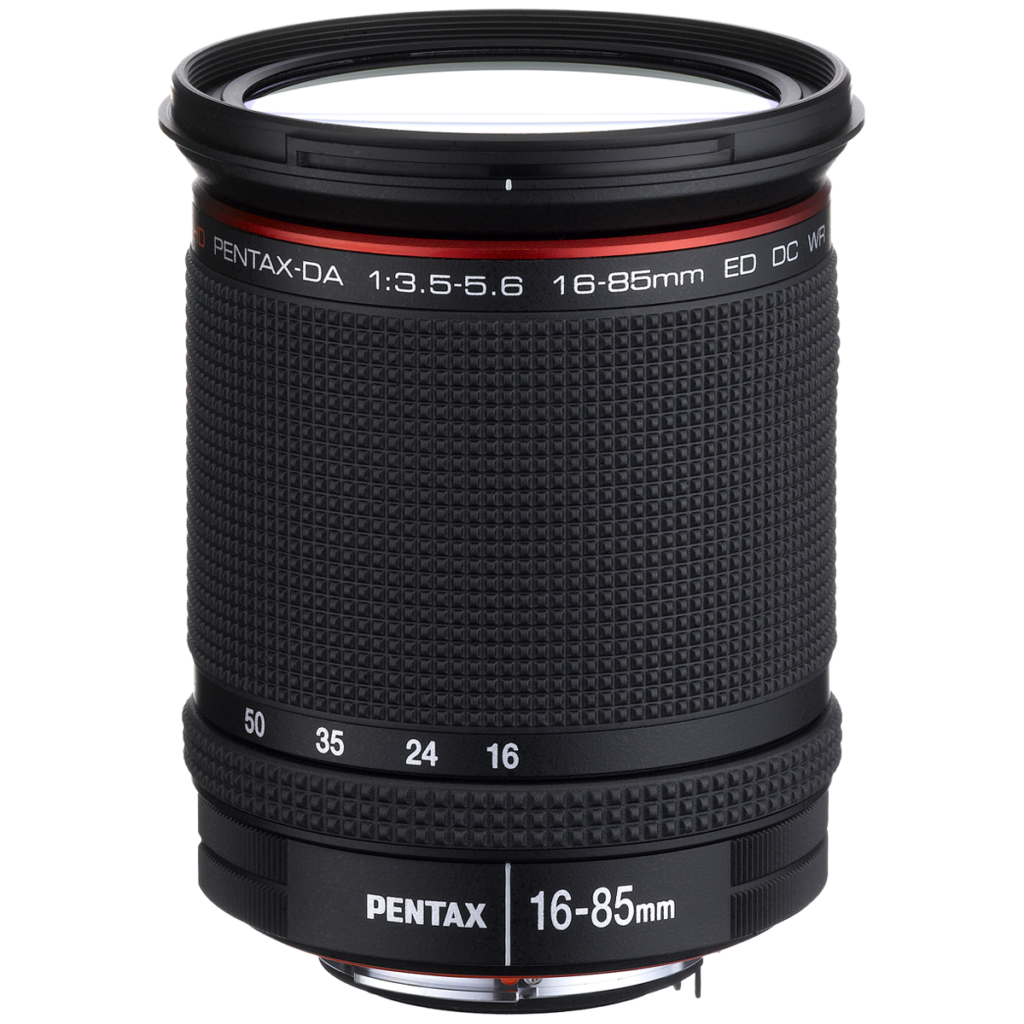
I was looking for a better alternative to the 18-55mm kit lens, and after some thought got this lens, which is both wider and longer. Whilst the image quality isn’t up to that of the 60-250 lens, it’s better than the kit lens and it’s also both a more versatile lens, and reasonably small and light.
Pentax K-5 ii – May 2012 to November 2019
The K5 looks almost like the K7 so there’s no new image!
Although I loved the handling of the K7, I was disappointed with the image quality at ISO 800 onwards, and the dynamic range of the sensor wasn’t great. I had brought it from someone upgrading to the K5, but then the K5 ii with improved autofocus and LCD and I succumbed. I decided against the K5 iis which doesn’t have an anti-alias filter and have been quite happy with that choice.
I brought the body only, and sold the K7 body for a reasonable price. I kept the kit lenses to use on the K5 ii.
K7 – November 2010 to May 2012
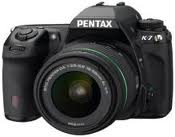
My Pentax K-7 was brought pre-loved in November 2010, with the WR 18-55mm kit lens, and not long after I got a Pentax 55-300mm DA zoom lens (the version with a metal mount) as my old manual focus 70-210mm lens was too hard to focus accurately without a split image screen, and was a fairly soft lens. Both lenses have reversible lens hoods, and I always use them unless the Cokin-style filters are in use.
The main reason I changed to this camera as the viewfinder is relatively bright and easy to use and it fits my hands – lots of the opposition have good viewfinders but all are too large for me. The far better screen on the back is a bonus, and being able to use my old lenses is a lesser bonus.
The automatic white balance seems better than on the E510, and it clips highlights less readily so I no longer almost always dial in some underexposure. The review at dpreview.com was pretty good, and I felt the weaker areas were not likely to bother me.
Olympus E510 – July 2008 to November 2010
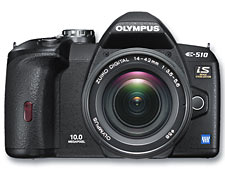
I went looking for somewhere I could handle the Pentax SLR range, and instead found myself trying an Olympus E510. It fitted my hands so well that I brought it, along with two lenses – the 14-42mm kit lens which is one of the best kit lenses around, and the companion 40-150mm lens. The image quality was stunning after the S5600, though I quickly learnt that it was best to dial in . 7 stop underexposure to avoid clipping highlights and sort it out afterwards in Adobe. I continued to shot almost everything in RAW, or RAW + JPG, and have some images from it I’m really pleased with. I discovered long exposures of waterfalls and got a tripod, and some ND filters. The one thing I felt was lacking was a longer lens, and eventually I treated myself to a 70-300mm lens. Given the 2x crop factor of the 4:3 sensor, this equates to 140-600mm in 35mm terms! It turned out to be a great lens and I’m really pleased with some of the images taken with it.
Fuji S5600 – December 2006 to June 2008
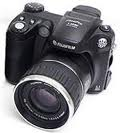
Late in 2007 I got a Fujifilm Finepix S5600. I should have known better – it was far too cheap for what was promised, and the image quality was deeply disapointing. By shooting RAW and careful post-processing I got some reasonable images from it, but I was never happy with them.
Canon Powershot A70 – July 2003 to date
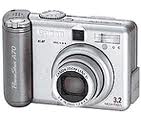
My film cameras had all done quite a few years service, but the digital world was moving so fast that in early 2003 I upgraded to a Canon Powershot A70. This is a cracking little camera which I still have, and still use, and feel I have taken some excellent images with it.
Kodak DC3400 – February 2001 to December 2005
Digital photography was becoming more and more popular, and early in 2001 I got my first digital camera, a Kodak DC3400.
Film Cameras
My first camera was a Yashica 35mm range-finder. That went to a friend and I gather it might now be a collector’s item! C’est la vie…

I followed that up with a Pentax ME Super, which was a terrific camera in every way. It came with a f1.8 50mm lens, and eventually I got a couple of Sigma zoom lenses for it.
When I got fed up of carrying the ME Super plus lenses when out walking, I got a Pentax Zoom 70 compact camera. It was a great little camera, and saw out most of the rest of my 35mm days.
Unfortunately the ME Super was stolen when someone broke into my house. However a little while back I got the yen for an ME Super again, and brought two from Ebay. One of them I had overhauled, and the other contributed the Sigma 70-200mm lens I’ve tried on the K-7. The difficulties of manual focusing drove me to buy the 50-300mm lens for the K7.
I seem to have come full circle from carrying a camera plus two lenses and then lightening the load, but the difference is I’m no longer carrying 10 miles in the Yorkshire Dales or Lakes!
